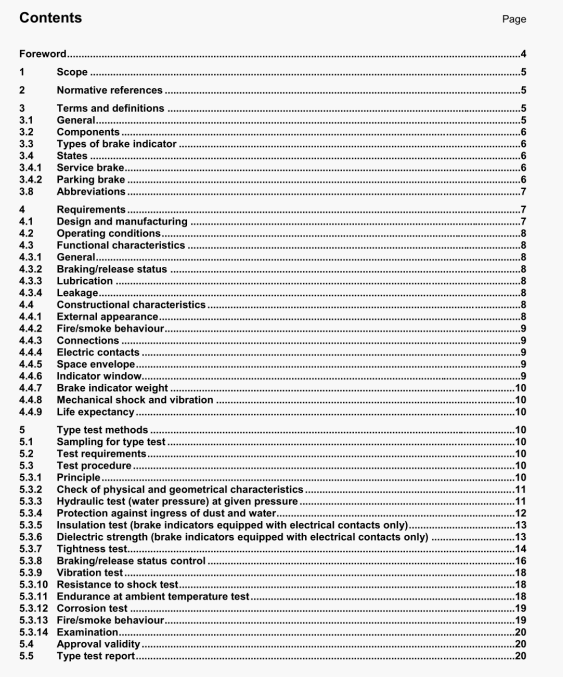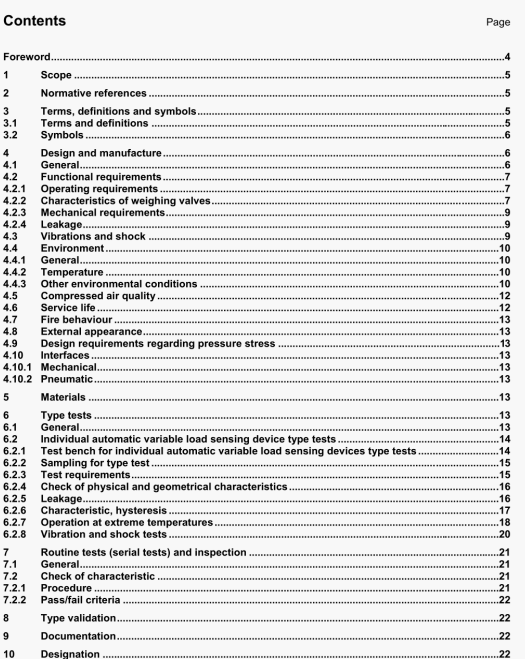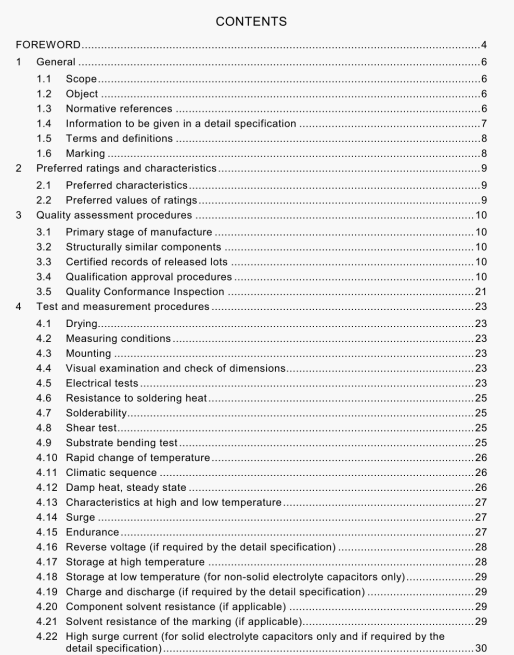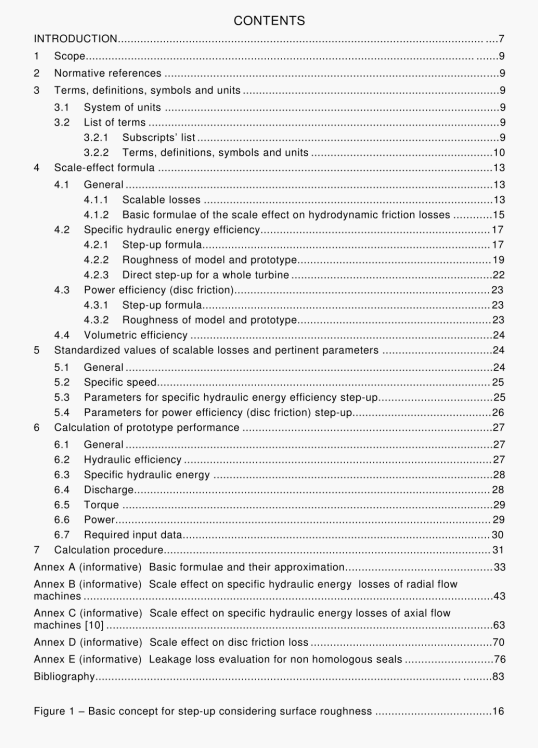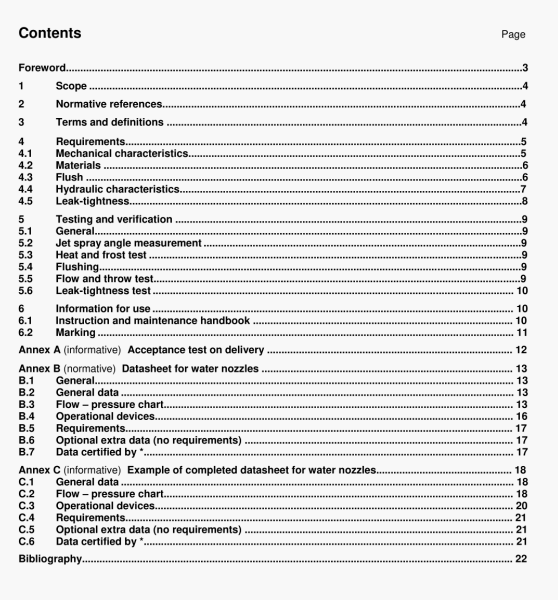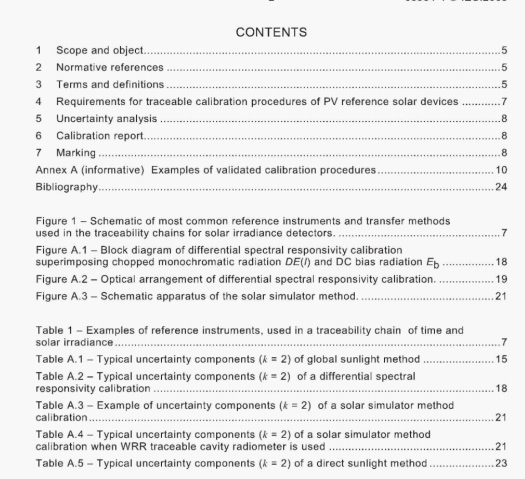BS EN IEC 62812:2019 pdf download.Low resistance measurements -Methods and guidance.
The raised temperature on the unknown resistor due to self-heating not only affects thespecimen, but also spreads the heat to the test assembly or mounting and affects those partsof the measurement circuit as well.Therefore, the raised temperature will be root cause of thevariation of resistance with temperature, as discussed in 4.4, and of the thermoelectric e.m.f.,as discussed in 4.5.
Self-heating is decreased by reducing the measuring current Iw as much as possible whilestill providing the required voltage for a measurement with the desired accuracy.However,setting the measuring current is not a common feature with resistance meters. Other optionsto reduce the self-heating are to activate the measuring current for a short period only,asdiscussed in Clause 5, and of course to enhance the heat flow from the specimen and the testfixture.
4.4Variation of resistance with temperature
One of the reference conditions prescribed in IEC 60115-1 for measuring the resistance is thereference temperature of 20℃. For practical reasons,however,most tests andmeasurements are permitted to be executed under standard atmospheric conditions fortesting as defined in IEC 60068-1,which includes a permissible range for the ambienttemperature from 15 °C to 35℃.
lf measured with sufficient accuracy,a resistor measured at 15 °C or at 35 °C will not showthe same resistance as when measured at 20 °C. In fact,there is a variation of resistancewith temperature for almost every type of resistor,which typically does not follow a linearrelationship.The slope and the amount of variation depend substantially on the technology and manufacturing of the resistor and in some cases also on the actual resistance.
